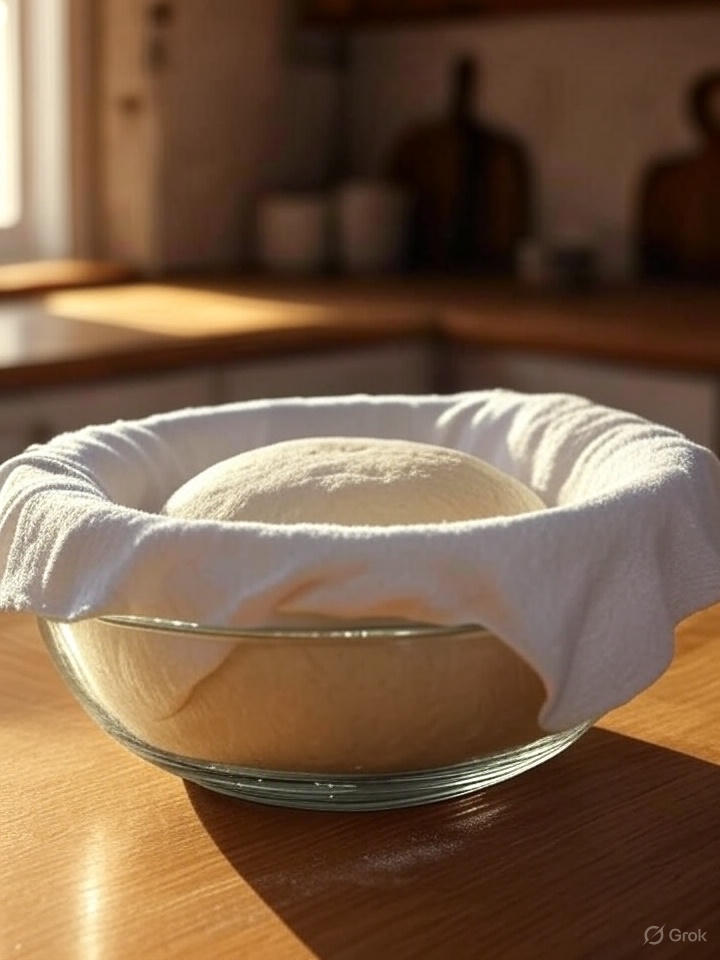When you’re making pizza you want it to the best damn pizza you can make, right? Then make sure you spend time on preparing the pizza sauce! Like every element of your pizza, the sauce is one the 3 pillars to a good pizza (the other two pillars are the dough and cheese if you couldn’t figure that out); make sure that pillar stands tall and proud!

I’m going to show you how to make a rich and thick pizza sauce for your beautiful cast iron pizza. I’ve experienced countless home-made pizzas where the sauce used is straight from a can or jar without any prep. While this is certainly a natural thing to do, and easy… please stop!
It’s not difficult to create a good pizza sauce; bear with me! I gotta be honest, my love for pizza has fond memories of Pizza Hut Pan Pizza (please don’t leave). I love it when there’s a thick amount of sauce that straddles and overlaps the crust on their pizza – sauce that has managed to escaped from the weight of the cheese – congrats to you, sauce! I like my sauce thicker. Often times when you buy sauce in the can, you’re missing that thickness factor (and flavor).
By just using sauce directly from a jar or can you’re missing tomato paste. But you’re also missing the love and care to make it more flavorful. So here we go – here’s how I prepare my sauce and encourage your to try and vary it up.
Ingredients:
| Item | Brand | Amount |
| All Purpose Crushed Tomatoes | Cento | 28oz. |
| Tomato Paste | Contadina | Around 10oz. |
| Salt | Just under 1 TSP | |
| Sugar | Just over 1 TSP | |
| Basil | Just under 1 TSP | |
| Oregano | Just under 1 TSP | |
| Marjoram | Just under 1 TSP | |
| Garlic Powder | Just under 1 TSP |
The above numbers are guidelines. If you want your sauce to taste more sweet, maybe add more sugar and less salt than I do. I have to admit, I think my numbers could be a bit higher than some may expect, but I want my sauce rich. I like my sauce a tad more sweet but not a sweet sauce per se’. So I make a point to put a heaping TSP and a tad less salt.
Directions:
- Pour the crushed tomatoes and paste into a large enough pot
- Add the rest of the ingredients
- Cook the sauce on the stove-top for 45 minutes on a low-medium heat. You will need to monitor your sauce as medium may be too high.
- Stir the sauce every 10 minutes
- When done, move off that burner and let sit. I do my sauce in the mornings so it sits and cools for hours. If you want you can also do your sauce ahead of time and freeze it, etc. However you know how upset Gordon Ramsey get’s upset when everything is not fresh! To each his own.
A note about cooking the sauce. I have an electric stove and set the burner to 2 or less. I have found that even on a lower temp, the sauce has burned before so to be safe, I generally do it on a lower heat. But I may start the sauce a bit higher just to get it going then bring it back down.
Applying the sauce to the dough
When I spread my sauce I will try and to it in a nice circle, sort of how you see them do it at Pizza Hut or likely most other restaurants. I like my sauce to be caked on thick! Not only will your sauce taste great but try to spread it evenly even to the edges of the dough, leaving only a little crust showing. It’s OK if your pizza sauce touches your cast iron skillet! Keep in mind, as the pizza cooks things will move around a bit and you’ll likely end of having more crust showing than expected, so experiment – bring the dough virtually to the end of the dough!
Give this recipe a try. I hope it works out great for you!




